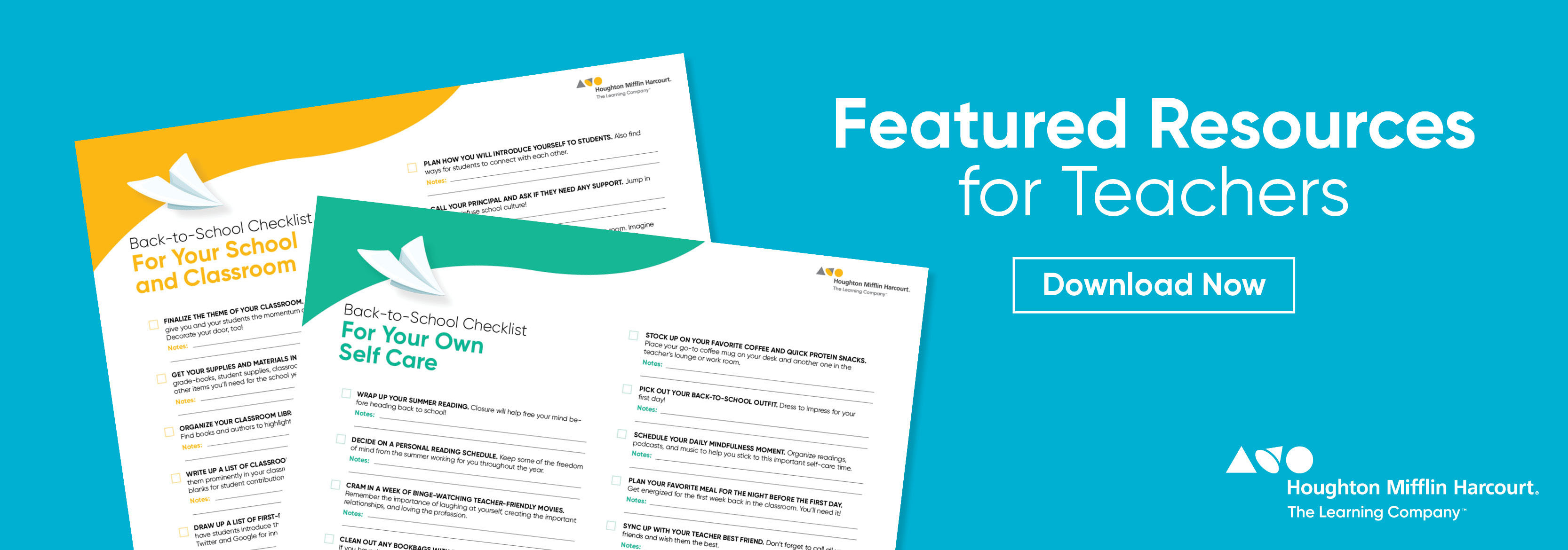
The back-to-school time of year has always been one of my favorite moments.
When I was a kid, I remember my mother coming into my room when I was still sleeping to wake me up and ask, “Do you want to go to private school or public?” With my head still on the pillow, I exclaimed, “Public.”
I have not thought too much about why I made that choice beyond the fact that I wanted what was available for all children my age and to make more friends. If you ask me anything specifically about the first day of public school, I don’t recall who my teacher was or what the classroom looked like. The only two personal memories about that day are that I got to choose what kind of milk I wanted for snack (always chocolate), and I hated nap time with a passion—I wasn’t good at taking naps. Not everyone can fall asleep at will and at a specific time told to do so. These memories are strong because I was given the trust of my voice and experienced both the value of having choice and not.
Because I didn’t think of voice and choice as best practices in my first year of teaching, that very first “back-to-school” created so much anxiety that I counted down the days from 179 to the last day. It was a painful year filled with much self-doubt, frustration, and constant searching for another job. So, starting in year two—when I had done more reading about teaching, attended professional conferences, and participated in instructional coaching—I returned to thinking about the memory of my first day as a public school student.
With time for reflection after year one of teaching and more experience behind me, I came to better understand why it’s essential to provide a space for student voice and choice.

Voice
It’s critical to establish the tone and mood of your classroom upon the first student walking through the door. I believe it is also critical for everyone who enters or passes through your door to recognize the tone as well. This is a key part of your brand and classroom environment and provides the best boost to optimum impact.
To plan for your intended voice or tone, consider the following questions and recommended resources and activities.
Planning
- How will every student see him/herself welcomed, reflected, and given the opportunity for ownership?
- What and who is influencing your work and aspirations? How is it noticeable that you are a lifelong learner?
- Is the message around effort and “failure is not failing” clear?
- Is it evident that this is a prejudice-free zone?
- Do students notice that your individuality is aligned to the school mission and their personal goals?
Recommended Read Alouds
- Wonder by R.J. Palacio
- “Helping” by Shel Silverstein
- The Day You Begin by Jacqueline Woodson
- “The Rose That Grew from Concreate” by Tupac Shukar
- The Book with No Pictures by B.J. Novak
- Keep Curious and Carry a Banana by H.A. Rey
Get-to-Know-You Activities
- Write a class Keep _________ and Stay ___________ book based on the model of the Keep Curious and Carry a Banana book in the Curious George series.
- Create a first-two-weeks class playlist.
- Present yourself and individual students through selfie summaries, collage profiles, or life maps.
- Organize the making of a class documentary. Create a timeline. Review the roles in filmmaking. Encourage students to think about what role they would like to play and have them form working groups. Set specific key times of years to capture.

Choice
As teachers, we get to make a choice each year as to how we enter the new school year. Our own energy and setup are a model for the students we will teach. Intentionally planning for student choice goes beyond allowing for independent reading book decisions. Giving students a chance to select the class mantra, decide the second class novel, and design the self-care center will demonstrate that you trust their choices and want to observe their learning and relevance.
An article I read a while ago about this topic that has been resurfacing on my Twitter feed is “How to Trust Your Students” on Edutopia. The final reminder shared in the article that continues to stick with me is: “Remember that students who do not experience trust from their teachers are less likely to learn . . . Fortunately, you can dial up your trust. Have a little faith.”
Each year at this time, I miss having my own classroom, but I stay inspired through my teacher BFFs, the classrooms I’m invited to visit, and my professional learning network (#PLN) on Twitter. To keep myself in the game and connected to these important instructional and relationship-building days, I created a back-to-school checklist inspired by my peeps, advisors, and thought leaders.
Welcome back to school and back to life.

















